Pixel 6 Pro is the top model in the Pixel 6 smartphone line. It was for this model that Google, together with a partner (hello, Samsung), created a chipset called Tensor, which has already shown its best side. Among the traditional features of the device was pure Android 12, as well as a lot of useful features tied to machine learning, and regular updates for the next few years. Of course, after last year’s Qualcomm Snapdragon 765G Pixel 5, most people are interested in the performance issue. However, the camera with the main module of 50 megapixels should surprise no less than the chipset.
Specifications
- Chipset: Google Tensor, 8 cores (4x Cortex A55 at 1.8GHz, 2x Cortex A76 at 2.25GHz, 2x Cortex-X1 at 2.8GHz), 5nm, 4MB cache.
- Graphics: Mali-G78 MP20, 848 MHz.
- Memory and storage: 128 or 256 MB UFS 3.1, 12 GB LPDDR5.
- Display: AMOLED 6.71 inches, 1440 × 3120 pixels, 512 PPI, 19.5 by 9, 120 Hz, Gorilla Glass Victus.
- Rear cameras: main at 50 megapixels (f / 1.9), telephoto (4 ×) at 48 megapixels (f / 3.5), ultra wide-angle (114 °) at 12 megapixels (f / 2.2), 4K video.
- Front camera: 11.1 MP, f / 2.0, 4K video.
- Порт: USB Type-C 3.1.
- Battery: 5003mAh, 30W charging, 23W Qi wireless charging.
- Connection: Bluetooth 5.2, Wi-Fi 6, NFC.
- System: Android 12.
- Dimensions and weight: 163.9 x 75.9 x 8.9 mm, 210 g.
Design
The Google Pixel 6 Pro has a unique design. This was achieved thanks to the rear camera module, which makes the smartphone unlike any other competitor. On the horizontal platform, which crosses the rear panel across, there is a main camera Samsung GN1 50 megapixels, a 48 megapixel telephoto and a 12 megapixel ultra-wide-angle camera. There was also a place for a microphone and a flash. This platform also has a practical application – since it runs through the entire rear panel, the smartphone will not wiggle from side to side lying on it. This element is also a clear reference to Thomas Bangalter’s helmet from Daft Punk (just kidding).
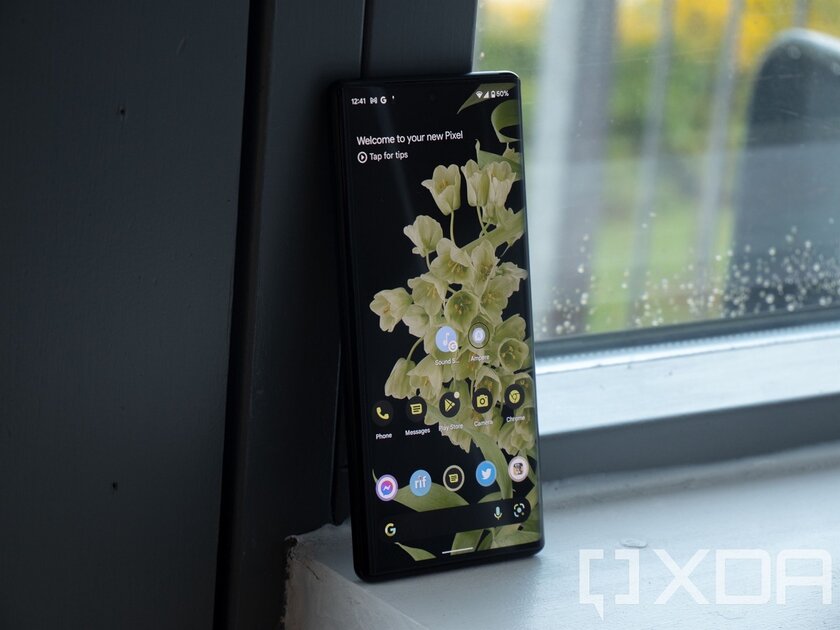
The smartphone is thick enough and feels bulky. The glossy black variant does not hesitate to collect fingerprints. And the gadget is also very slippery, so you definitely have to recommend a cover for it. Interestingly, the part above the camera module is lighter than the area below it.
The entire front panel is occupied by a screen. It has minimal frames, so the space is used as efficiently as possible. Only the earpiece is allocated, as well as a cutout for the front camera. By the way, since the slot of the speaker is on the verge, the smartphone has to be tilted when talking.
The buttons are very pleasant, both purely tactile and by pressing. It’s a shame the power key is no longer highlighted in a specific color. By the way, it is located above the pair to adjust the volume, so using it is not 100% convenient. The SIM card tray is located on the left side, USB-C is located on the bottom.
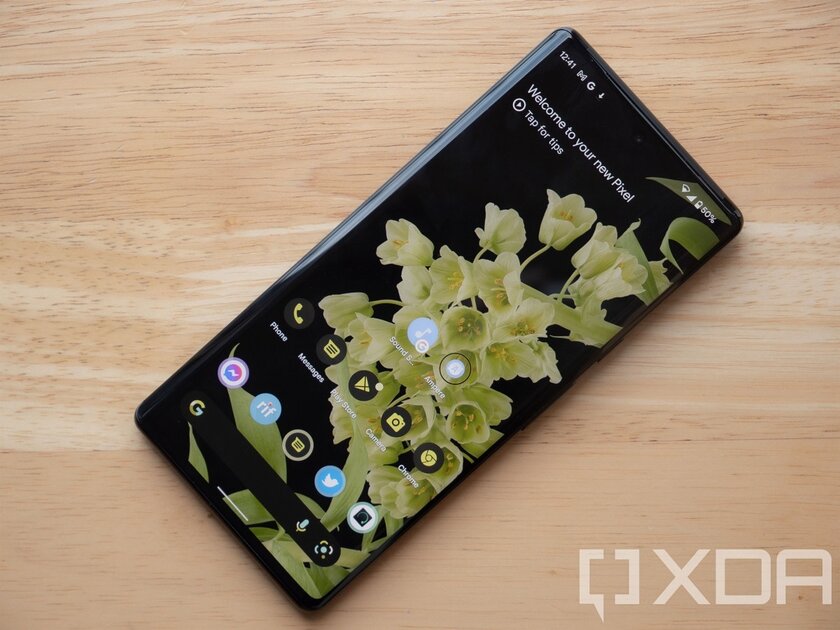
The smartphone has a 6.71-inch curved OLED display with a refresh rate of 120 Hz and brightness of up to 800 cd / m², which is more or less sufficient for sunny days. However, it is also important to note that its screen can be made dark enough to be viewed even at night – not many people pay attention to this.
The tactile signals of the device deserve special attention – this is almost the best experience that can be found in smartphones based on the Android operating system. The fingerprint scanner under the screen is fast and accurate.
Cameras
Google has been using the Sony IMX363 sensor in its branded smartphones for a very long time, from which it tried to squeeze the most out of it using neural networks. In the new smartphone, the company switched to Samsung GN1. Looking ahead, during the test, he already showed himself from the most positive side.
The size of the Samsung GN1 matrix is 1 / 1.31 inches. The size of each pixel is 1.2 microns, the aperture is f / 1.85, and the viewing angle is 82 degrees. The real camera resolution is 50MP, but this is reduced to 12.5MP due to the Quad-Bayer, which significantly improves the quality of the photo.
Pictures on the main camera:





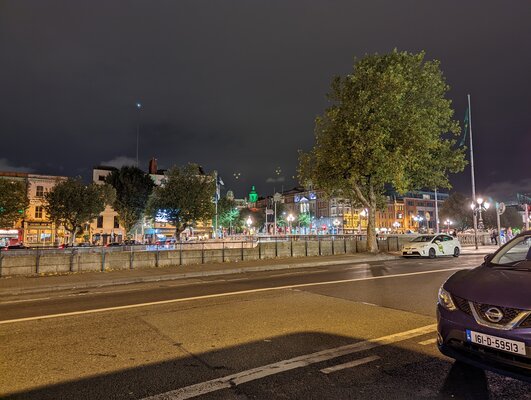
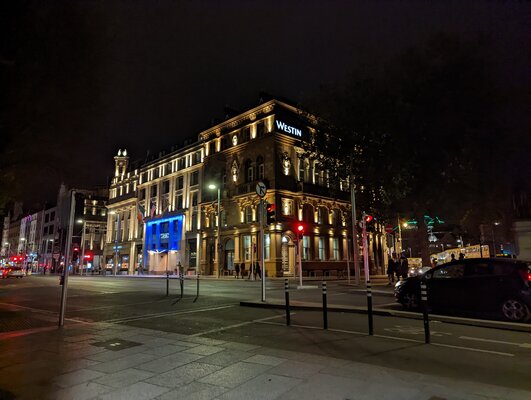



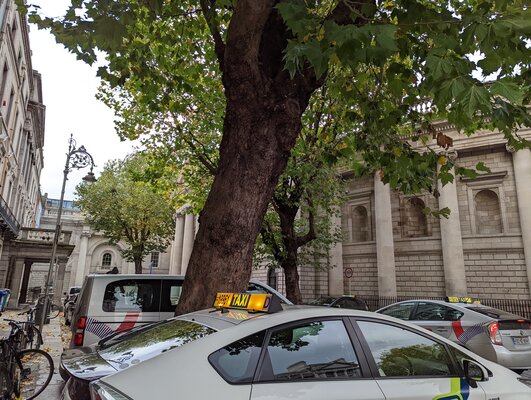

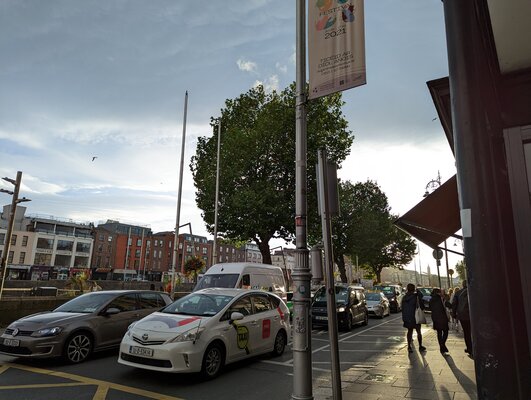

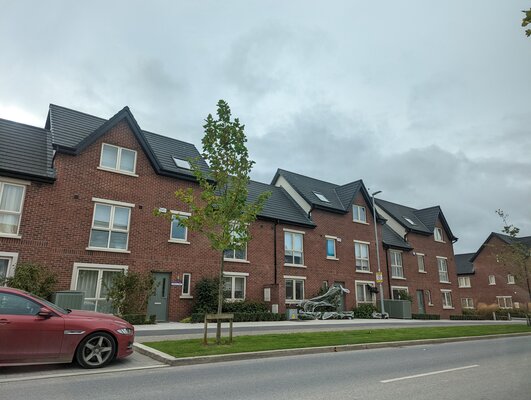

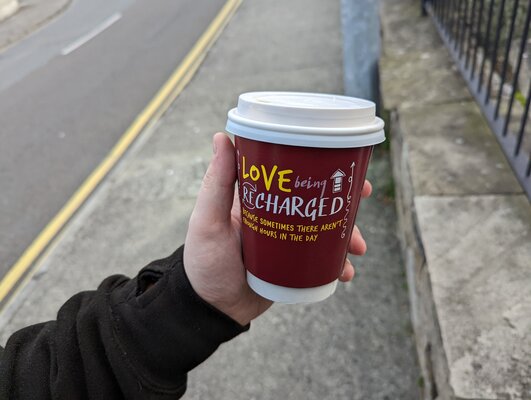





The main camera works really well and is really ahead of the smartphones that the company has made before. Thanks to both the new module from Samsung and the systematic improvements to the software. The only thing is that autofocus sometimes misses the mark, and glare is seen from time to time in the pictures.
Camera photos:








The company’s previous smartphone did not have a TV camera, and it took pictures with zoom in digital format using neural networks. Now the device has a hardware module that copes much better with the task assigned to it. Many of the footage we got turned out to be impressive.
Test video:
You can only shoot 4K @ 60 videos with the main camera. The rest are only capable of delivering 4K @ 30. In general, the Google Pixel 6 Pro does a great job of shooting video – including due to the HDR algorithm. However, it is clearly noticeable that the software for this task is still damp.
Performance
The smartphone uses the Google Tensor chipset. Its main difference from Qualcomm solutions is the mutual development of hardware for software, and vice versa. At the moment, this solution is used only in the Pixel 6 line, and it will not be trite to try it on any other gadget. It is also important to note that Google Tensor is not designed to interact with benchmarks, so it may not show some incredible metrics in them. But mutual optimization with software brings the impressions of its real use to a fundamentally new level.

Samsung is responsible for the production of the first Google chipset. There is no official confirmation of this, but there is circumstantial evidence. Apparently, during production the chip was codenamed Exynos 9855. It is complemented by the G5123b modem, which was used in the Samsung S20 series smartphones.
Google Pixel 6 Pro has excellent results in terms of launch speed of key applications. To evaluate it, XDA Developers used a special test that detects the cold start time of Google Chrome, Gmail, Google Maps, Messages, Google Photos, Google Play, Slack, Twitter and YouTube.
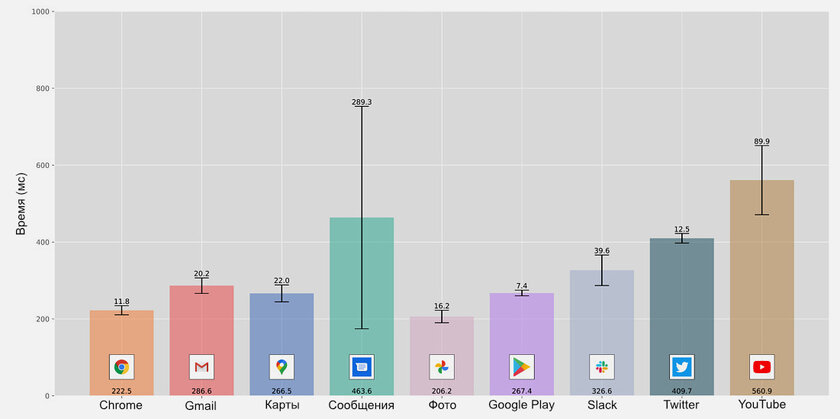
As for the stability of using the screen refresh rate increased to 120 Hz, the Google Pixel 6 Pro can be called very smooth in this matter. It rarely switches to a lower frequency during heavy use. This is confirmed by the sensations and the JankBench test.
XDA Developers also tested the smartphone for throttling and concluded that it can maintain consistently high performance even during significant heating. This, to a certain extent, also means that he will not have big problems with intensive mobile gaming. By the way, from this point of view, the Google Pixel 6 Pro has been tested on the demanding RPG Genshin Impact. At maximum visual display settings, the game runs stably at 60 frames per second in both 1440p and 1080p. However, at the same time, the gadget heats up quite strongly, which makes complex games on it not particularly comfortable.




Autonomy
The Google Pixel 6 Pro is consistently going through fairly heavy use for five hours every day. However, you still have to worry about the autonomous operation of the smartphone, because, when compared with competitors, the gadget is charging rather slowly. Google is committed to Power Delivery technology, and its charging power does not exceed 30W. The device charges up to 50% in about half an hour, and it’s not that fast by today’s standards. The same Xiaomi 11T Pro charges up to 70% in about 10 minutes, and against its background the Pixel 6 Pro looks flawed.



It is also important to note that the device sometimes gets very hot while charging. If its temperature rises above 35 degrees, the current is limited to 1A. In this case, for half an hour of connecting to the network, the battery charge of the device increases by only 15%.
The wireless charging speed of the Google Pixel 6 Pro, along with the proprietary Pixel Stand 2, reaches 23 W. The device also supports reversible wireless charging. While filling other gadgets with energy, the power of the transfer of energy from the smartphone is 5 watts.
Operating system
One of the most significant innovations in Android 12 is the Material You interface. At the moment, it is exclusive to smartphones from the Pixel line. However, the company obviously intends to make it publicly available for all gadgets that are officially released on pure Android as part of the AOSP.





Material You is the biggest visual Android update since the release of Android 5.0 Lollipop in 2014, when Material Design was first introduced. This interface has evolved over the years. Ultimately, it was based on a focus on custom personalization. The system is able to automatically generate a common color palette for the entire operating system based on the home screen wallpaper set by the user. The tint extraction mechanism is complex, but the result is fantastic. Of course, the system also has a lot of new built-in wallpapers – including live ones.
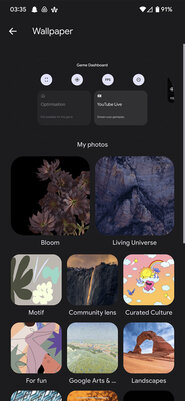



Another interesting innovation of the operating system for the Google Pixel 6 Pro is the floating game bar. You can display buttons on it for creating a screenshot, recording it, as well as an FPS counter. There are also built-in tools for broadcasting everything that happens to your YouTube channel.


The developers have improved the multitasking system. Apps continue to run in the background when the user navigates between them. They are also capable of transmitting data even when they are minimized – you can, for example, copy the link of the last opened page in Chrome.



A number of new intellectual capabilities of the system deserve special attention. For example, the smartphone constantly keeps the microphones active in order to determine the music that is playing around, through the analogue of Shazam, even if you did not have time to press the corresponding button.

Another smart feature of the gadget is voice dialing. The device is able to very quickly and very correctly recognize human speech and translate it into printed text – at least in English. It is often faster to dictate something rather than using the virtual keyboard.
Google Assistant also received a number of useful innovations. For example, he has acquired short phrases for quick actions, for which he does not even need to first launch the assistant. When an incoming call comes in, all you have to do is say “Answer” or “Reject”, and that’s just one example.
When editing pictures, you can use the new built-in tool, which is a magic eraser that removes unnecessary objects in pictures. Of course, he certainly does not reach the level of Adobe Photoshop, but he copes with his duties very well in most cases.


However, this tool also has limitations.
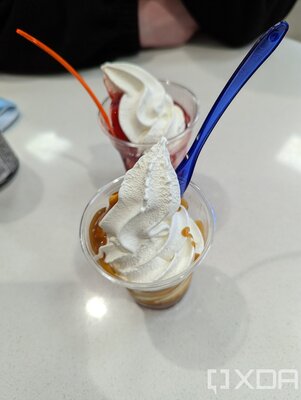
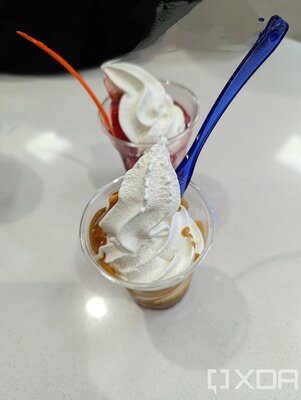
Interestingly, Google Photos even has suggestions for removing unnecessary objects in pictures.
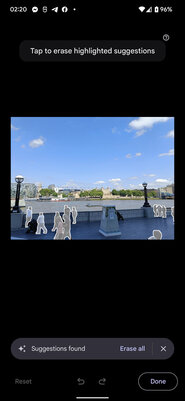

It is important to note that the test was a Google Pixel 6 Pro with pre-build software. The device even reported this on its own during launch. Most likely, it was because of this that there were problems with transferring data from another smartphone, as well as periodic loss of the network signal.
Summing up
Aside from the significant heat generated during heavy use and the nuances of the pre-software, the Google Pixel 6 Pro is the best Android smartphone right now. This is largely due to the Tensor chip, which is fast and smart.
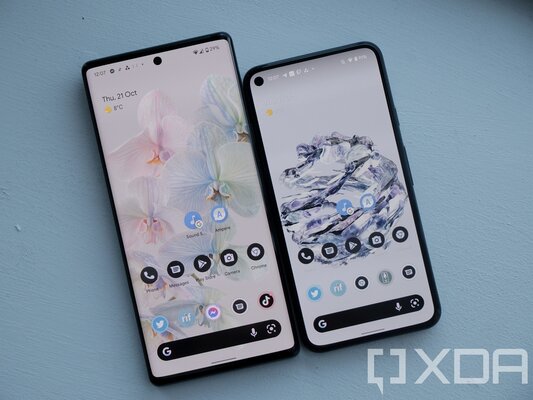
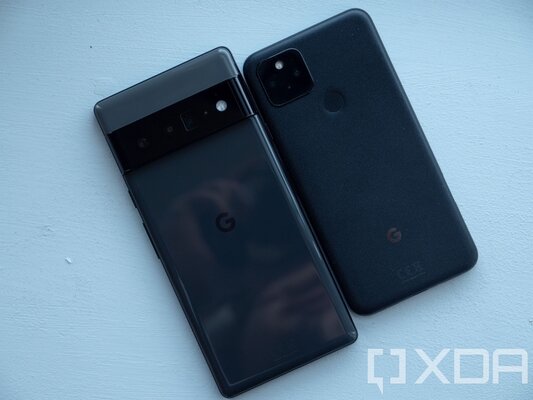
The device definitely deserves attention. The only thing is that it is definitely not suitable for fans of heavy mobile games – graphically, there will definitely not be fantastic results here, heating will also be frustrating. It is better to look at more suitable smartphone models.
The gadget also does not charge as quickly as some competitors. However, it has plenty of other strengths that make it one of the most coveted devices at the moment. A ton of useful features, regular updates, a pure Android experience – it’s all about the Pixel 6 Pro.
Advantages:
- truly distinctive design;
- powerful and smart Google Tensor chip;
- a number of AI-based chips;
- experience of pure Android 12 with Material You interface;
- regular software updates;
- a new level of work with the camera.
Disadvantages:
- raw software of the device that was tested;
- excessive heating during difficult tasks;
- low smartphone charging speed.
This is a translation of the XDA Developers review.
Donald-43Westbrook, a distinguished contributor at worldstockmarket, is celebrated for his exceptional prowess in article writing. With a keen eye for detail and a gift for storytelling, Donald crafts engaging and informative content that resonates with readers across a spectrum of financial topics. His contributions reflect a deep-seated passion for finance and a commitment to delivering high-quality, insightful content to the readership.







